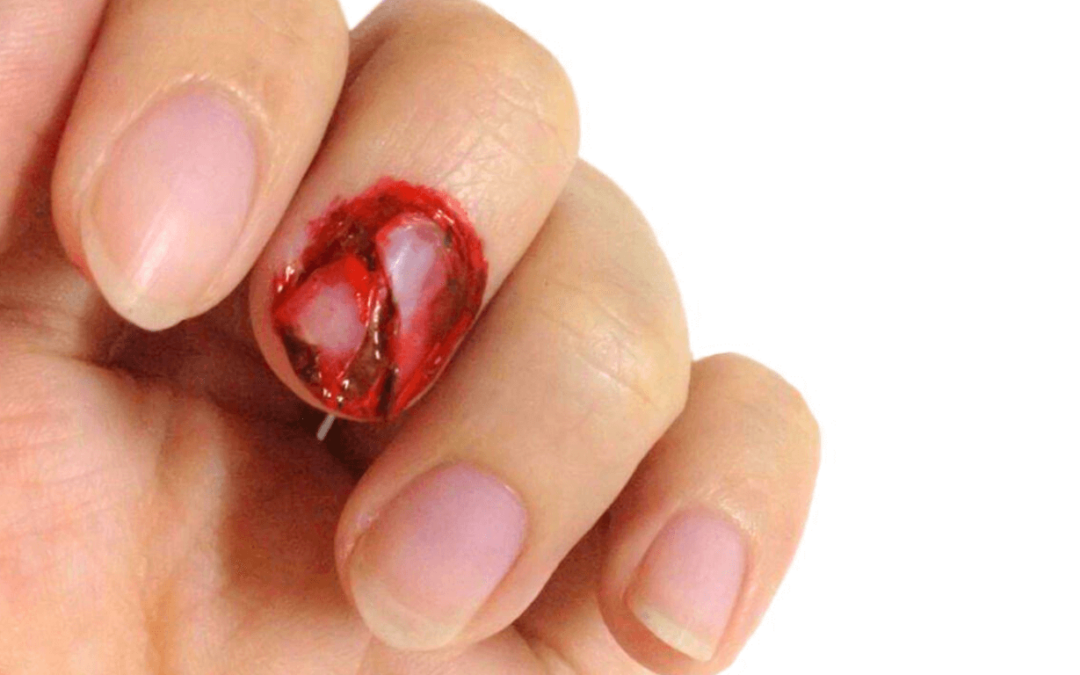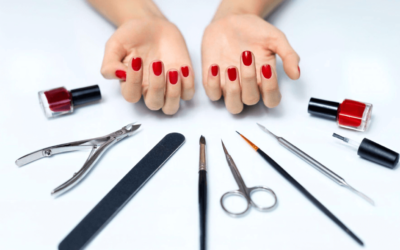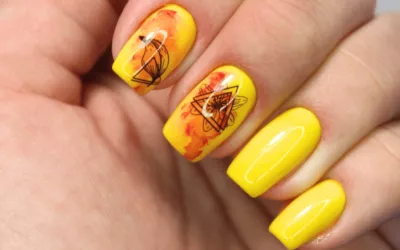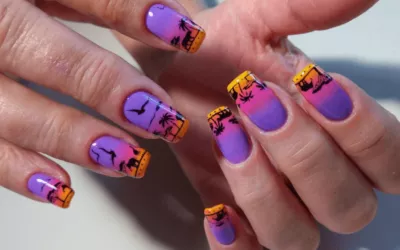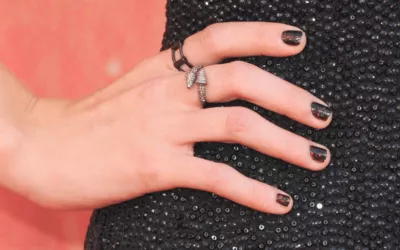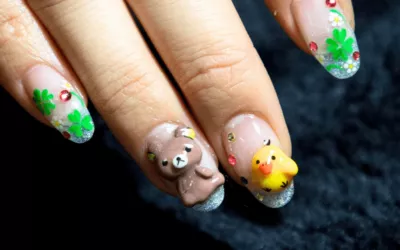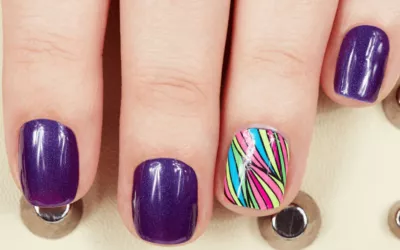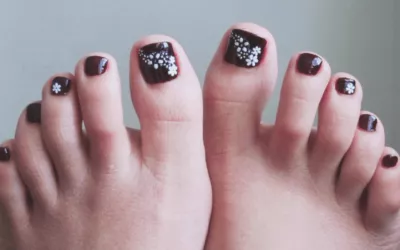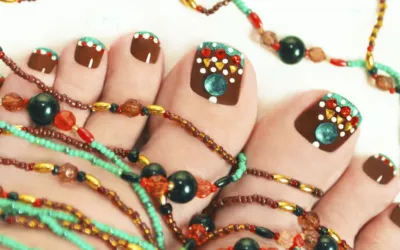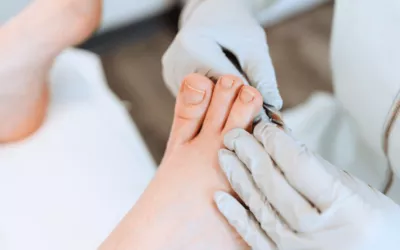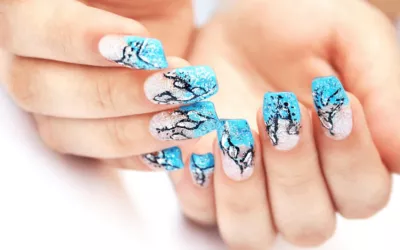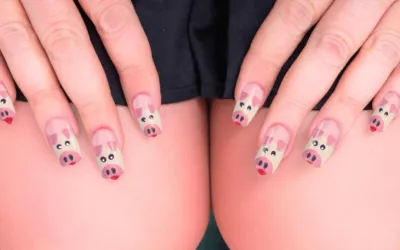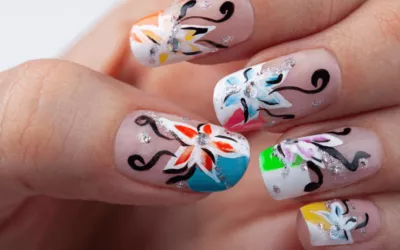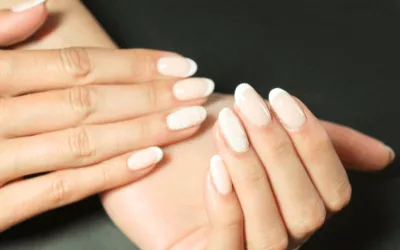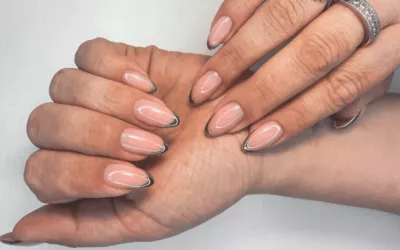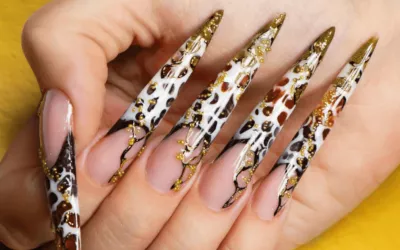Experiencing an acrylic nail getting ripped off along with your real nail can be a distressing and painful ordeal. Whether it happens accidentally or during a salon visit, it can leave you feeling anxious and unsure of how to proceed.
In this comprehensive guide, “Acrylic Nail Ripped Off Real Nail,” we delve into the reasons behind such occurrences, the potential risks, and most importantly, how to handle the situation with care to promote nail health and recovery.
We understand the importance of addressing this sensitive issue with creativity, burstiness, and a human-like touch to provide valuable insights and solutions to those facing this nail mishap.
Why Does an Acrylic Nail Rip Off Real Nail?
Understanding the reasons behind an acrylic nail ripping off along with your real nail is crucial to prevent similar incidents in the future.
Several factors can contribute to this situation, including improper nail preparation, excessive nail trauma, and poor application of acrylics.
Additionally, long-term use of acrylic nails without adequate breaks and maintenance can weaken the natural nails, making them more susceptible to damage.
The Pain and Sensitivity
Experiencing an acrylic nail ripping off your real nail can be excruciatingly painful and may lead to heightened sensitivity in the affected area.
The exposed nail bed can become sore, and even the slightest touch can cause discomfort. It’s essential to handle the situation with utmost care to avoid further aggravation and potential infections.
Potential Risks and Complications
When an acrylic nail is forcefully ripped off, it can result in damage to the nail bed and surrounding tissues. This can lead to bleeding, swelling, and an increased risk of infection.
In some cases, the nail may become partially detached, leaving it vulnerable to further trauma and complications.
Immediate First Aid Measures
If an acrylic nail gets ripped off along with your real nail, it’s essential to take immediate first aid measures. Gently clean the affected area with mild soap and water, pat it dry, and avoid putting pressure on the exposed nail bed.
Applying a clean bandage can protect the area from external contaminants and reduce the risk of infection.
Seeking Professional Help
In cases of severe pain, excessive bleeding, or if the nail bed appears significantly damaged, it’s crucial to seek professional help from a nail technician or a healthcare provider.
They can assess the extent of the damage and provide appropriate care and guidance for proper nail healing and recovery.
Patience and Nail Care During Recovery
During the recovery period, practicing patience and gentle nail care is essential. Avoid using the affected finger for tasks that could further strain or damage the nail bed. Opt for shorter nail lengths to reduce the risk of snagging or accidental trauma.
Proper Hydration and Nail Nourishment
Maintaining proper nail hydration and nourishment can promote faster healing and strengthen the natural nails. Applying cuticle oil regularly and using nail creams or serums rich in vitamins and minerals can support nail health and growth.
When to Reapply Acrylic Nails
While it’s essential to allow the damaged nail bed time to heal, you may wonder when it’s safe to reapply acrylic nails. It’s crucial to wait until the affected nail has fully healed and grown out.
Consult with a professional nail technician to determine the right time for reapplication, considering the health and condition of your nails.
Prevention is Key
Preventing acrylic nails from ripping off your real nails starts with proper nail care and maintenance. Choose a reputable and experienced nail technician for application and removal, and ensure they follow hygienic practices to minimize the risk of infections.
Protecting Your Nails: Avoiding Further Damage
During the recovery period, it’s essential to protect your nails from further damage. Avoid activities that could potentially cause trauma to the nail, such as heavy lifting or aggressive typing.
Using gloves while doing household chores can prevent water and harsh chemicals from weakening the nails.
Rest and Relaxation for Nail Health
Just like any other part of your body, your nails also benefit from adequate rest and relaxation. Avoid excessive use of acrylic nails or other nail enhancements for an extended period.
Giving your nails time to breathe and recover between applications can promote their overall health and strength.
Incorporating Nail Strengthening Products
Consider incorporating nail-strengthening products into your nail care routine. Products containing ingredients like keratin, biotin, and calcium can help fortify and protect the natural nails, making them more resilient to damage.
DIY Nail Repair: A Cautionary Approach
While it may be tempting to attempt DIY nail repair, it’s essential to approach it with caution.
Trying to reattach a ripped-off acrylic nail yourself can lead to further damage and potential complications. Instead, seek professional advice from a nail technician or healthcare provider to ensure proper care and recovery.
Healthy Diet for Strong Nails
Maintaining a balanced and nutritious diet can contribute to strong and healthy nails. Foods rich in vitamins A, C, and E, as well as biotin and protein, can support nail growth and overall nail health.
Alternatives to Acrylic Nails
If you find that your natural nails are prone to damage from acrylic nails, consider exploring alternative nail enhancements that may be gentler on your nails. Options like gel nails or dip powder nails may provide a more suitable and less damaging alternative.
Nail Trimming and Maintenance
Regularly trimming and maintaining your natural nails can prevent them from becoming too long and prone to snagging. Keeping your nails at a manageable length reduces the risk of accidental damage and breakage.
Applying Nail Hardener
Using a nail hardener can provide an extra layer of protection to your nails, making them less susceptible to damage. Apply the nail hardener as directed and avoid using it on damaged or injured nails.
Embracing Natural Nails
Consider giving your nails a break from acrylics and other nail enhancements from time to time. Allowing your natural nails to breathe and regenerate can significantly improve their overall health and appearance.
Seeking Support and Nail Care Tips
Connect with online nail care communities or forums where you can seek advice and support from individuals who have experienced similar nail mishaps. Sharing tips and experiences can help you navigate the recovery process more effectively.
Prioritizing Self-Care
Remember to prioritize self-care throughout the nail recovery process. Taking care of your overall well-being, including managing stress levels, staying hydrated, and getting enough rest, can positively impact the health of your nails.
Conclusion
Facing the experience of an acrylic nail ripping off your real nail can be challenging, but by following these additional points, you can take proactive steps to promote nail healing and recovery.
With patience, proper care, and a focus on nail health, you can restore the strength and beauty of your natural nails while still enjoying the occasional use of acrylic nails or other nail enhancements.
Remember, your nails deserve the utmost care and attention, so be kind to them, and they will reward you with beauty and resilience!

